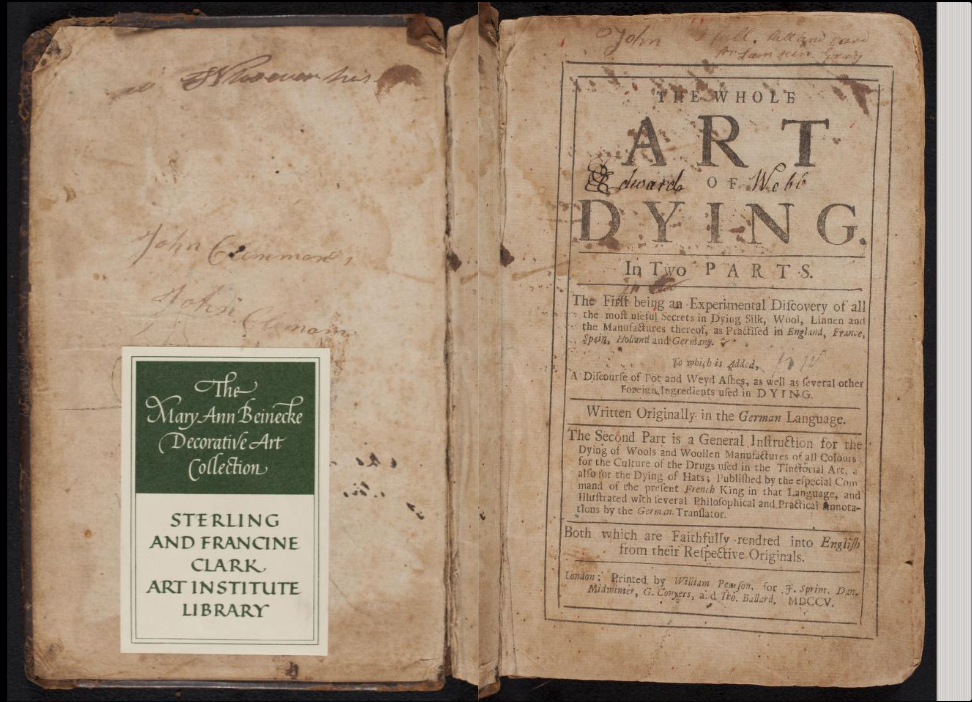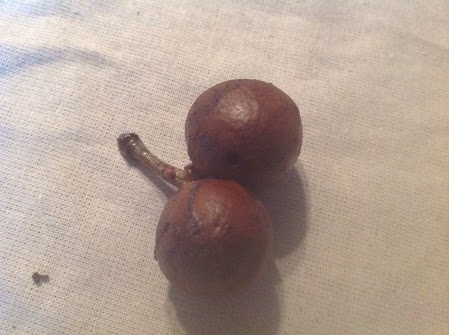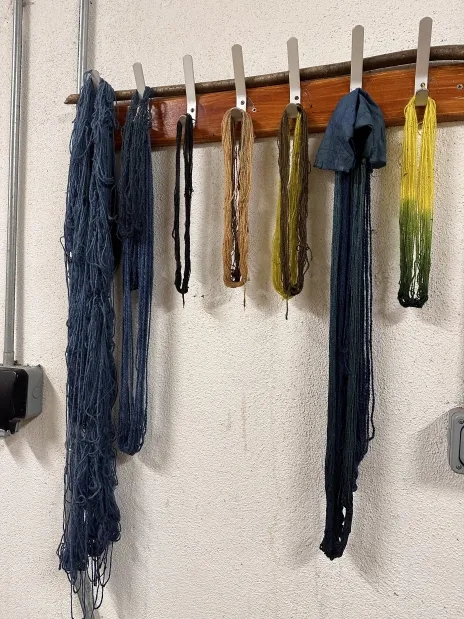-
We’ve moved!
We decided to move to another wordpress instance to better keep track of things, you can find us at http://www.lidiandyers.org Read more
-
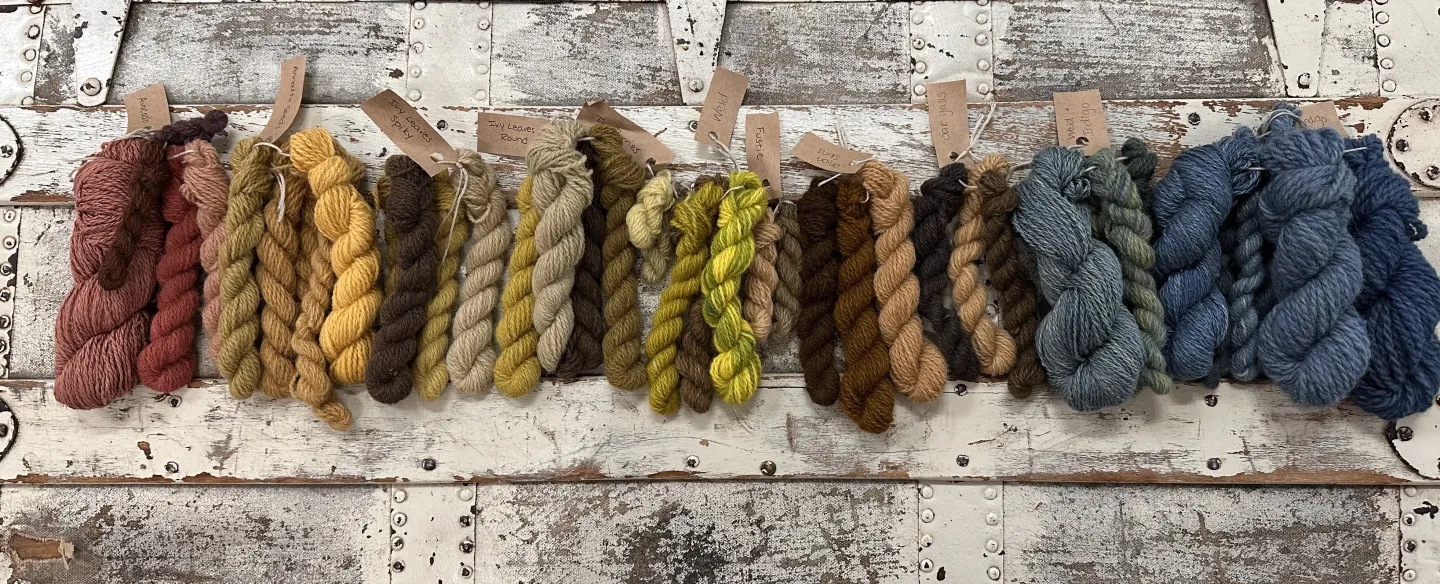
A little end of year note
‘Tis the season for roundups and look backs, so here I am. I’ve personally had an excellent year in SCA terms in 2023 and I think it’s safe to say that this little dyeing community is a great part of that. It is a wonderful thing to run a workshop and have people enthusiastically participate, and toContinue… Read more
-

Dyeing with Purple Gromwell
Purple gromwell (aka red stoneroot and red gromwell) is related to Borage and forget-me-not and has been used both medicinally and for dyeing for literally thousands of years, especially if you consult East Asian texts. In different cultural traditions, it was variously believed to have, when ingested, properties ranging from anti-viral to contraceptive properties toContinue… Read more
-
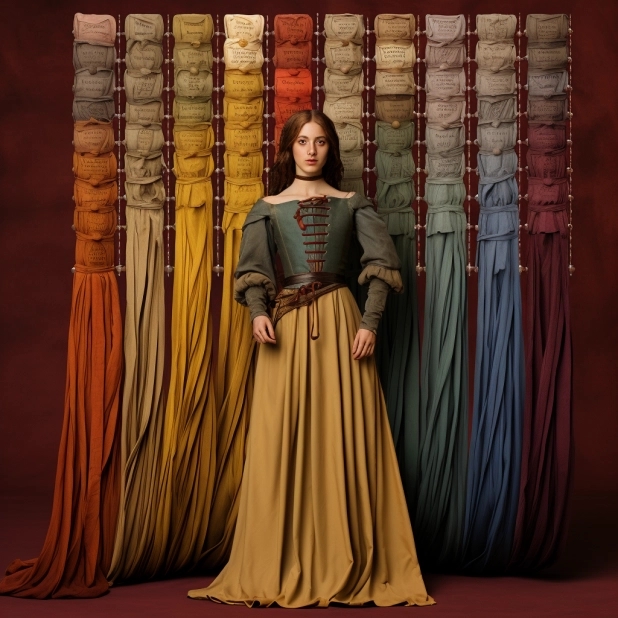
Elizabethan Colour charts
Having mentioned elizabethancostume.net earlier I was idly poking around it on my lunchbreak got absolutely sidetracked by some of the names of the colours documented on the site, not least some lists compiled by Penny Ladnier which are absolutely awesome. I love me a good quirky name, (ask me how I got interested in mushrooms)Continue… Read more
-
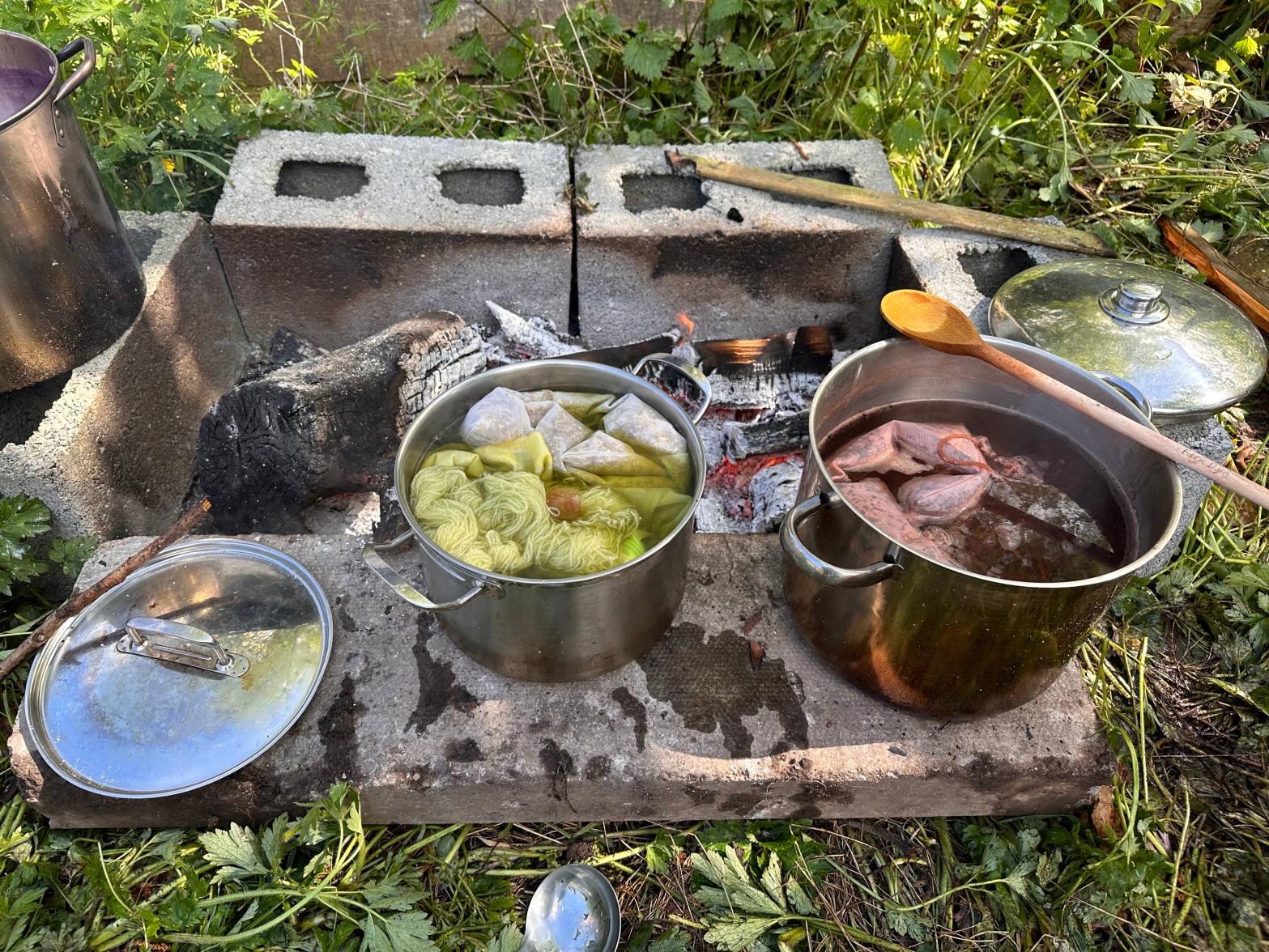
My first experiments in natural dyeing
I have some experience with dyeing clothing from when I worked in a theatrical costume shop for a few years. These costumes were dyed in an old washing machine drum that we used exclusively for fabric dyeing, and the dyes we used were packaged Rit, Dylon, or other purchased powders and liquids in bright vibrant,Continue… Read more
-
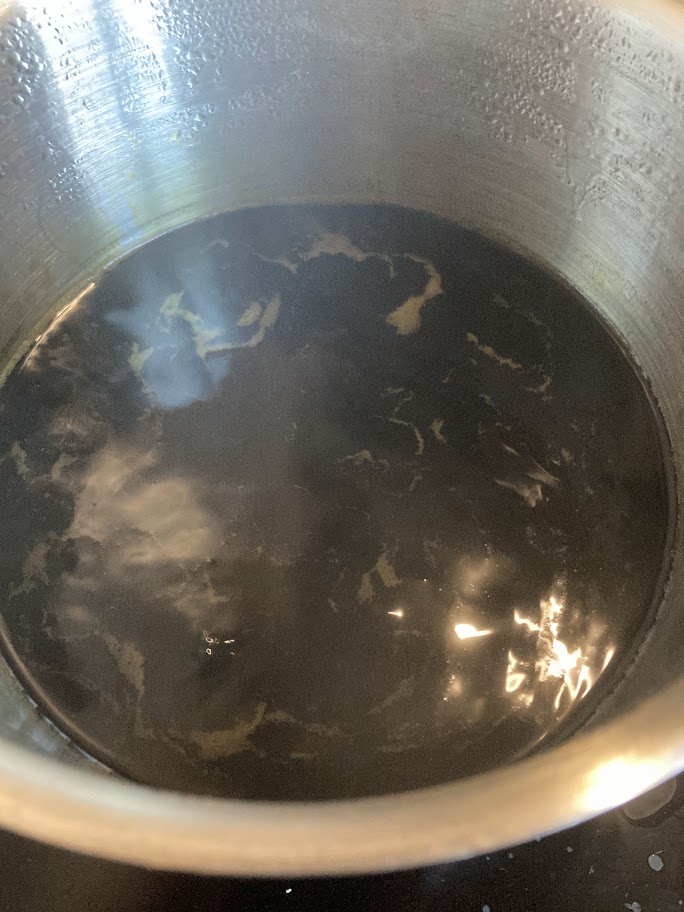
How To: gather basic equipment
Going to be honest with you, this is just a list of things I’ve found useful and is in no way complete. I’ve been doing this for a little while now and a lot of the stuff I’ve picked up as donations or second hand. I got very lucky and picked up chemistry flasks inContinue… Read more
-
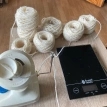
How To: Scour Animal/protein fibres.
Scouring is the term used in the dyeing world for cleaning – but not in the standard ‘bung it in the washing machine’ type of cleaning. When you consider how pernickity natural and historic dyes can be it makes sense that you want to remove as many reasons for your dyeing to go wrong asContinue… Read more
-
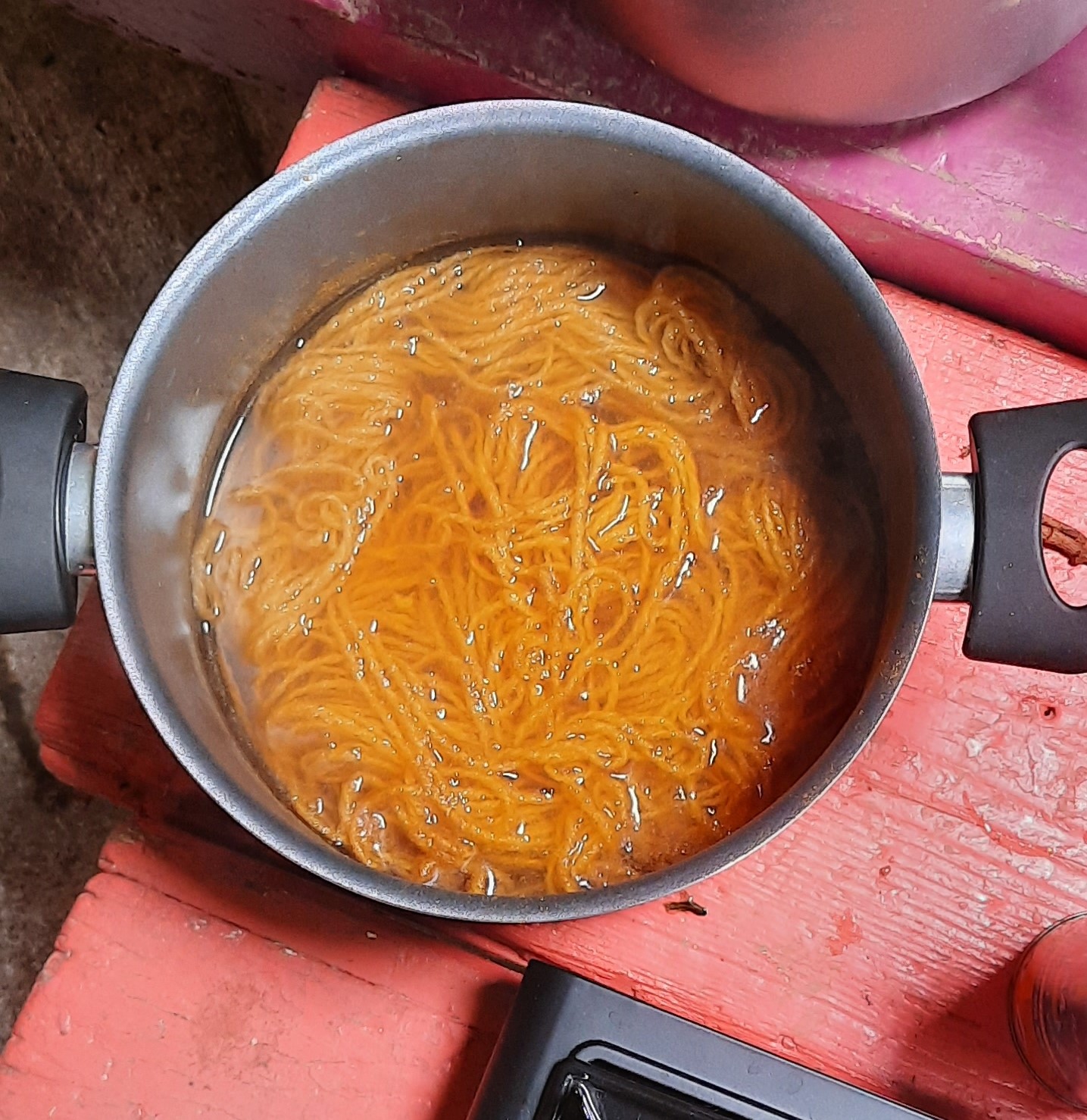
Marigold – a colour that lives up to it’s name.
At a lovely August weekend in Clara, Orlaith managed to demystify natural dyeing for me to a large extent. I got really excited! This was something new that I hadn’t tried yet, and the thought of dyeing my own yarn and then making it into something I can use, or can gift to someone, hasContinue… Read more
-
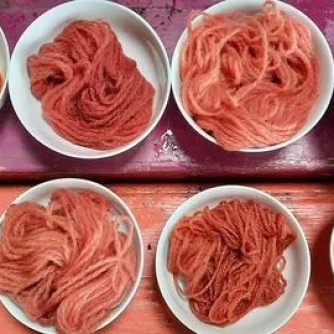
The Great Madder Experiment
As part of an event I ran called Féile na nÚll this year there was a workshop, a great madder experiment if you will, where people who wanted to participate brought tap water from different areas. We messed about a bit with the PH of an additional sample of tap water and threw in aContinue… Read more
-
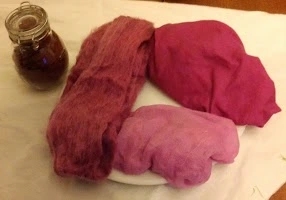
Brazilwood
If anyone ever tells you Pink is not a period colour – they lie. Pink is produced in a number of ways, not least of which is just allowing a red dyebath to exhaust into steadily more pale pink tones. This is ordinary wool, linen and muslin cloth all dyed with brazilwood. I used tapContinue… Read more
-
Historical dyeing recipe sources
The Leyden Papyrus and The Stockholm Papyrus These are third-century Egyptian documents, probably written by the same scribe, with recipes for various thing, of which some are dyeing or related recipes. “The Leyden Papyrus X ” is the one that concerns itself particularly with dyes and metals and is detailed in Journal of Chemical Education, vol.Continue… Read more
-
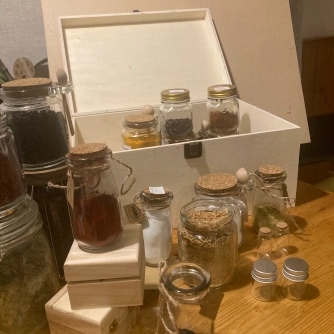
What usually goes to a workshop?
This is just a brief introduction to the dyestuffs that generally tend to come along with me to workshops, so if anyone sees something in here they are *DYING* to try, do let me know? This is a photo of a sample of things in my as yet unpainted dyestuff box. I have a coupleContinue… Read more
-
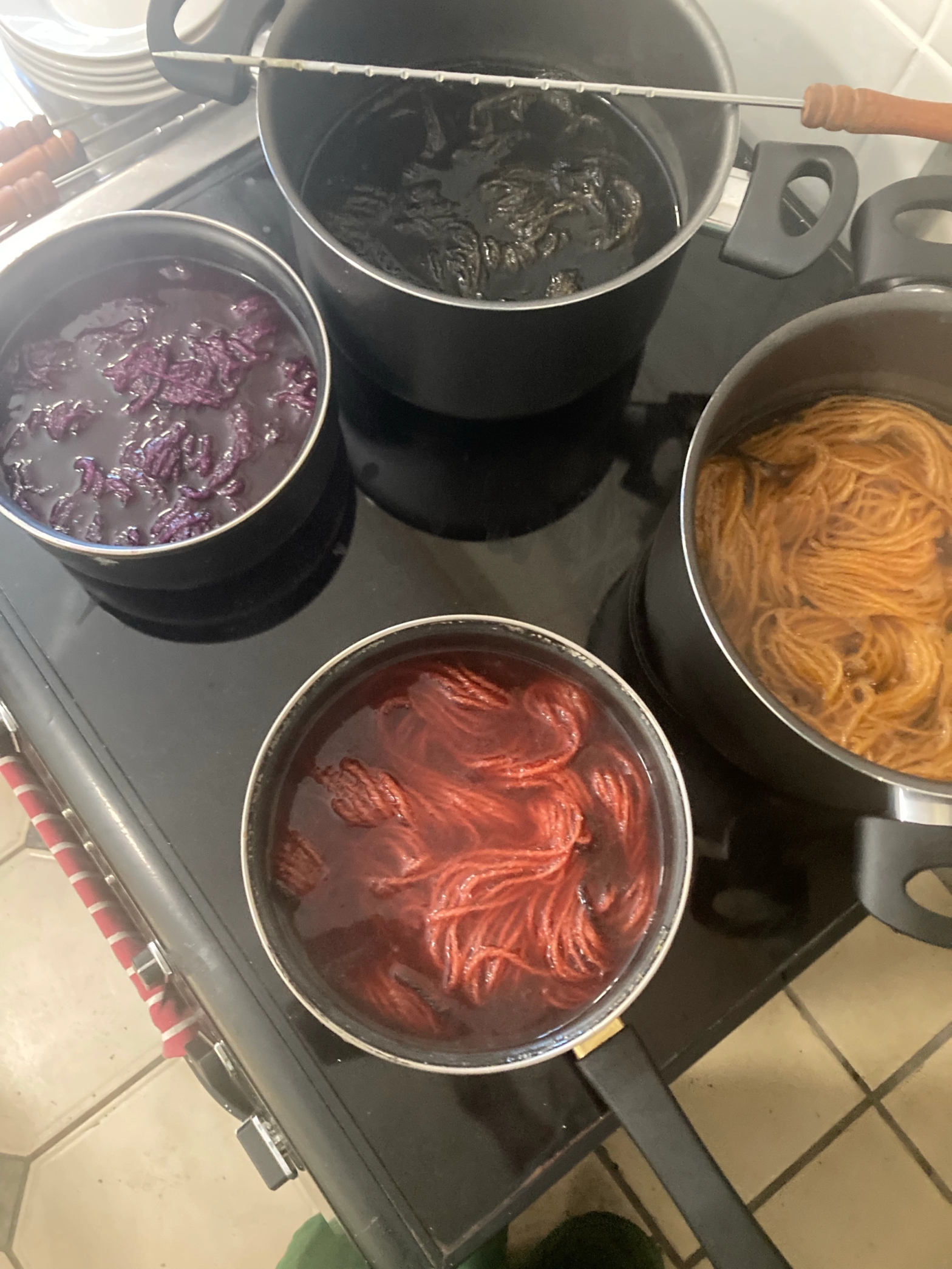
Period dyeing, a general intro
Natural dyes have lots of issues modern dyes don’t, but they are much more fun in my opinion. You just have to approach the whole thing the way a person in period might have – what am I dyeing, how much colour do I care about, does it need to be consistent, do I needContinue… Read more
-
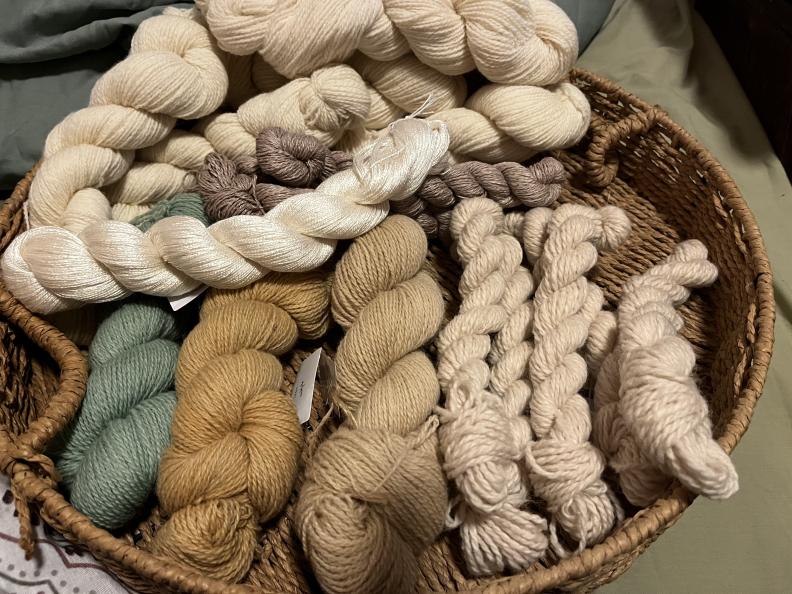
So, what is ‘Mordanting’?
Mordanting is a preparation process used in textile dyeing to improve the uptake and colorfastness of dyes in fibres. The term “mordant” comes from the Latin word “mordere,” which means “to bite.”, so you get me afflicting your mind’s eye with the idea of little chemical agents biting down all eager to get slathered inContinue… Read more
-
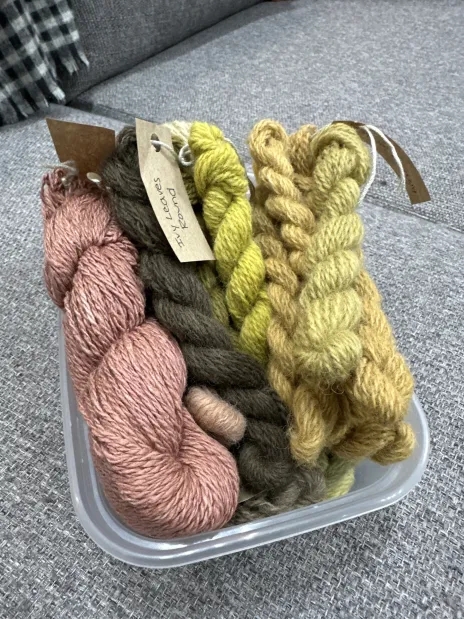
The Ivy and Avocado weekend
One of the inspirations for starting this group site has been the phenomenal response to a few dyeing workshops and experiments I’ve done at events in Eplaheimr and Dun in Mara, and at this stage I feel like I have one particular, awesome partner in Crime – the freshly minted LADY Katie of Dun inContinue… Read more
-
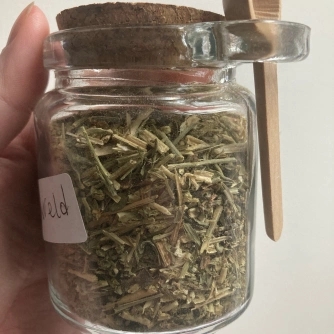
Weld – Medieval Dayglow (yellow)
NB: The dye REQUIRES the fibres you wish to use to be mordanted. Alum mordant will give the brightest yellow results. What it looks like (dried and as a plant) Weld (Reseda luteola) is a pretty wildflower, not invasive (in Ireland and the UK at least) with a tall spike of small yellow-white flowers. AsContinue… Read more
-
The Top Three
If I am asked what colours are reliably available to the majority of people in Europe – not just the elite – in the medieval period yellow, blue and a red/orange are my vote. It’s hard not to get yellow most of the time from just about anything that grows, but the oldest famously reliable,Continue… Read more
-
Subscribe
Subscribed
Already have a WordPress.com account? Log in now.
